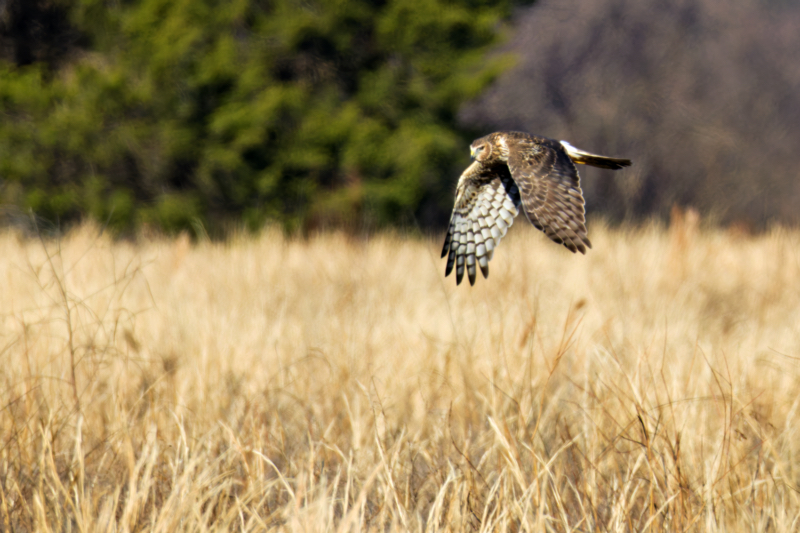Heat haze can affect wildlife photography by creating a shimmering distortion from rising hot air. It happens when heat escapes from engines, vents, or warm surfaces. Open landscapes also contribute as the ground absorbs and radiates heat. Heat haze is especially prevalent over asphalt roads, dry fields, and bodies of water on warm days. Rising air bends light, causing subjects to appear blurry or out of focus. Fortunately, with a few strategic positioning and temperature management adjustments, you can minimize this effect and capture sharp, clear images.

Positioning Strategies to Reduce Heat Distortion
- Reduce the distance to your subject: The closer you are, the less opportunity heat haze has to interfere with image clarity.
- Find a higher vantage point: Shooting from an elevated position helps you bypass heat currents that rise from the vehicle or heated surfaces like asphalt and dry ground.
- Avoid shooting over the hood: The engine generates significant heat, and the rising air can create major distortions in your shot.
- Stay away from open windows near vents: Hot air escaping from vents, especially when the heater is on, can contribute to noticeable image distortion.
- Be mindful of heat from the ground: The midday sun can cause heat waves to rise from roads, rocky areas, and fields. Try shooting in the early morning or late afternoon when the ground is cooler.
Temperature Control for Clear Wildlife Photography
- Turn off the car heater: Keeping the heater off prevents excessive heat from escaping and minimizes lens condensation.
- Dress appropriately: Wear layers and use hand warmers to stay comfortable without relying on the car’s heating system.
- Monitor environmental conditions: Be aware of temperature fluctuations and how they affect the terrain. Avoid long-distance shots over hot surfaces that generate significant distortion.
My Wildlife Photography Techniques to Overcome Heat Haze
I extend my long lens out of the window to keep it in cooler air, avoiding distortions from the hood or vents. Additionally, I keep my window open at all times to equalize the temperature inside and outside the car, further reducing distortion. However, this approach may be less effective in extremely cold or windy conditions, where keeping the window open could introduce other challenges.
I also consider how heat haze affects shots over roads, rocky terrain, or dry grasslands. I shoot in the morning or evening to avoid peak heat when the air is cooler and more stable. These simple yet effective techniques consistently allow me to capture sharp wildlife images, even in challenging conditions.
Use these strategies to minimize heat haze and keep your wildlife images crisp and clear. Try different techniques, adjust to conditions, and refine your approach to capture stunning wildlife moments.
Tomorrow’s topic: “Leading Lines in Wildlife Photography: A Guide to Stunning Shots.“ Stay tuned!

Great tips, Steve!